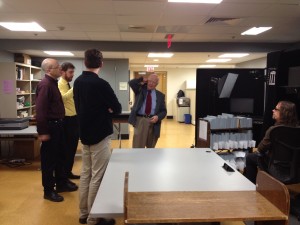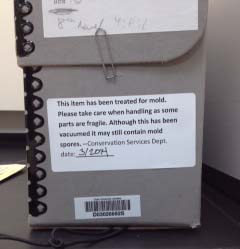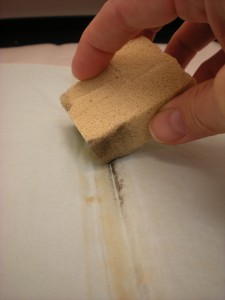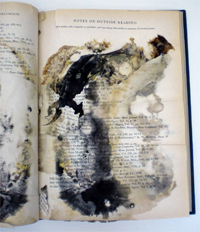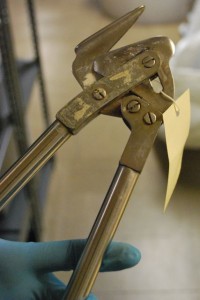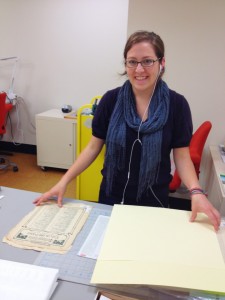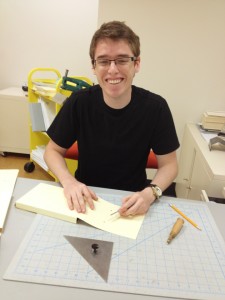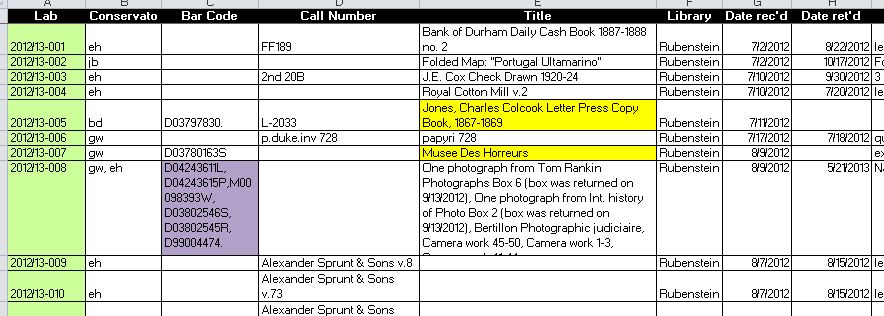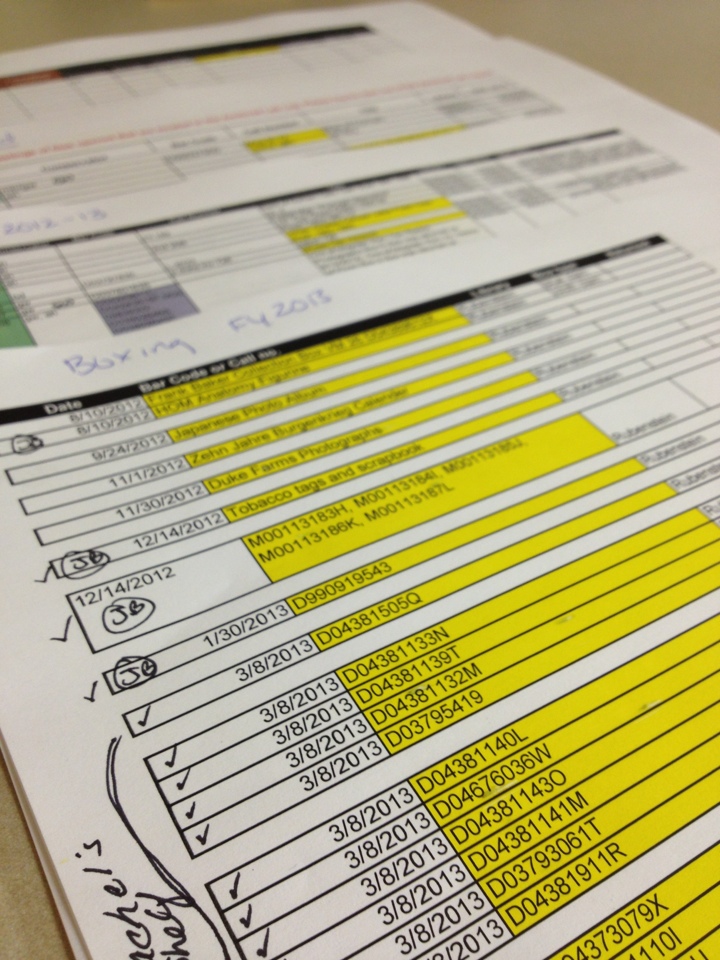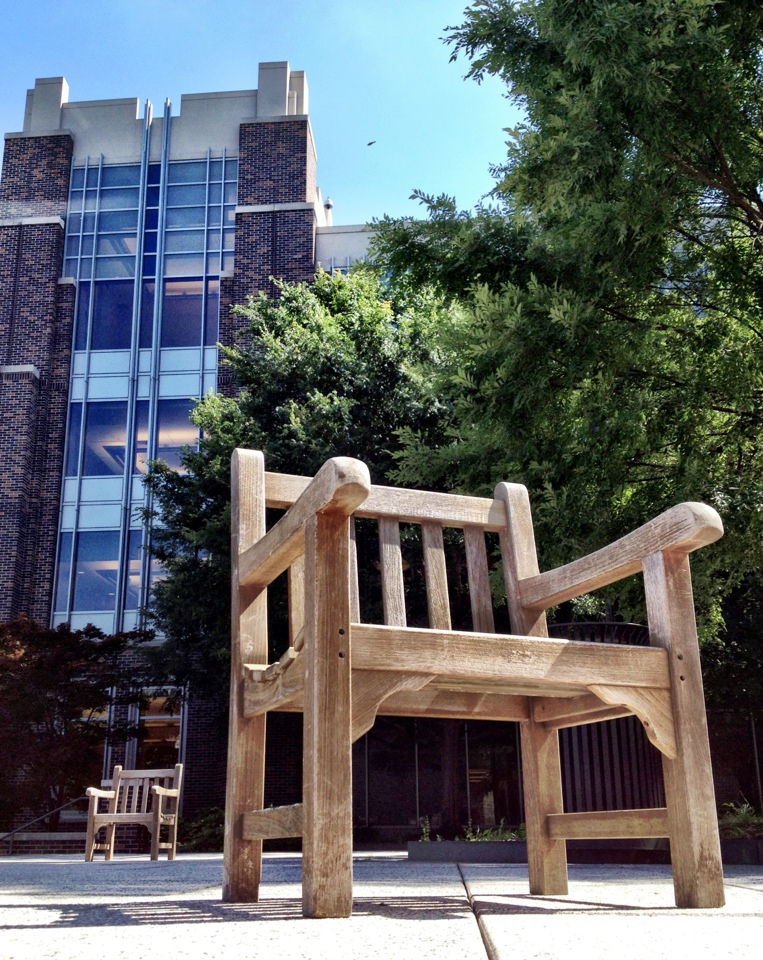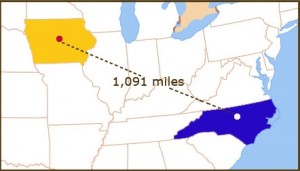 Kevin Driedger, author of Library Preservation 2, had a brilliant idea to ask institutions with preservation and conservation responsibilities to post at least one picture a day this week on the theme, “This is what preservation looks like.” Everyone tagged their posts with #5DaysOfPreservation. Search the hashtag on Twitter, Tumblr, Facebook and you will see hundreds of images from across the country. He’s also collected the entries on a Tumbler.
Kevin Driedger, author of Library Preservation 2, had a brilliant idea to ask institutions with preservation and conservation responsibilities to post at least one picture a day this week on the theme, “This is what preservation looks like.” Everyone tagged their posts with #5DaysOfPreservation. Search the hashtag on Twitter, Tumblr, Facebook and you will see hundreds of images from across the country. He’s also collected the entries on a Tumbler.
For our contributions we divided the post responsibilities between Conservation, Preservation and the Digital Production Center. On Monday, we visited Conservation as they made custom enclosures for some very old pin cushions.
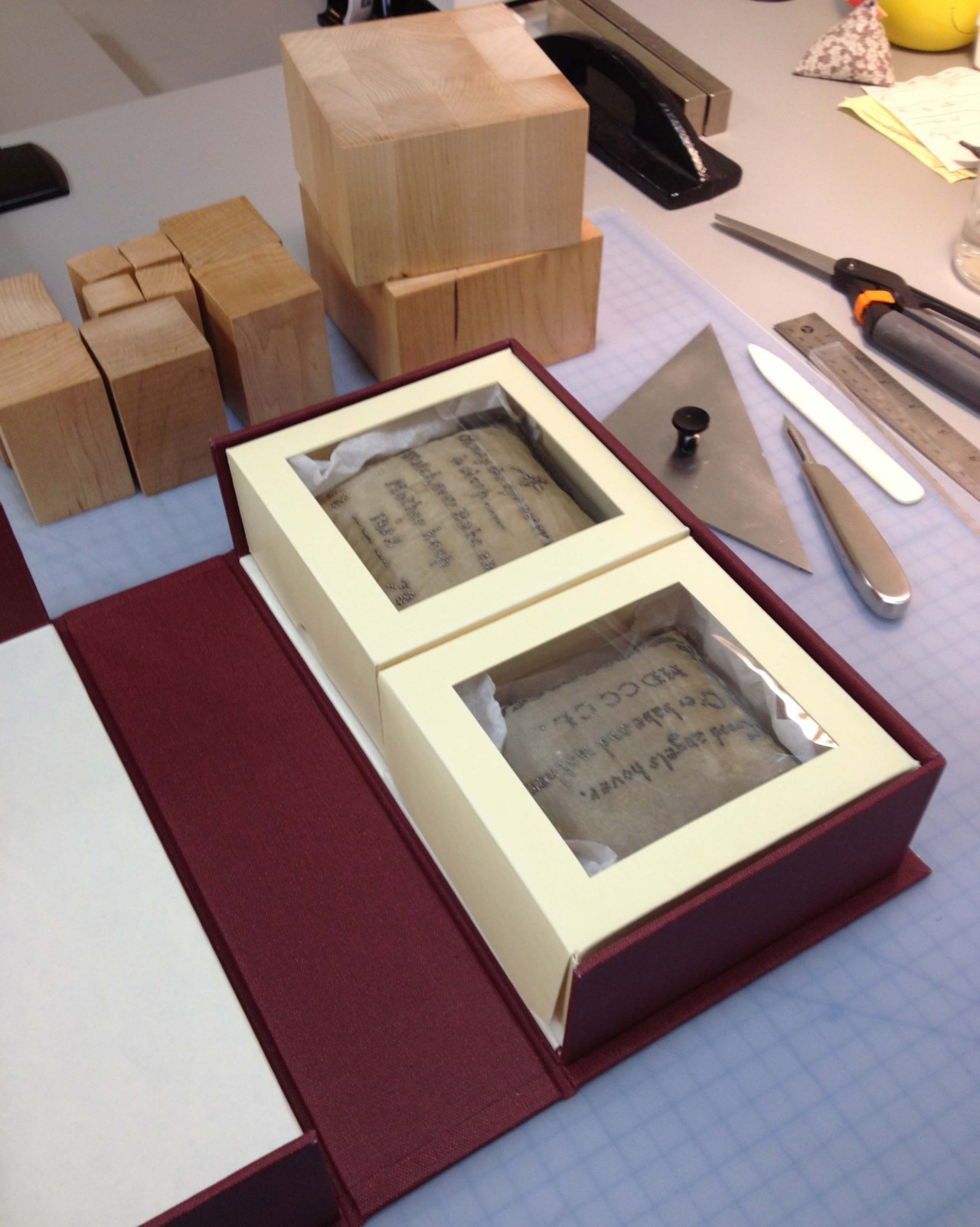
On Tuesday we visited Winston Atkins, Preservation Officer, as he was working on reconciling the just-ended fiscal year budget. As he reminded us, “What we do is administration, after all.” That is one of the hidden secrets of library preservation, we do a lot of paperwork, research, writing, program administration and attend a lot of meetings to gather information to help form our vision for the preservation program’s future.
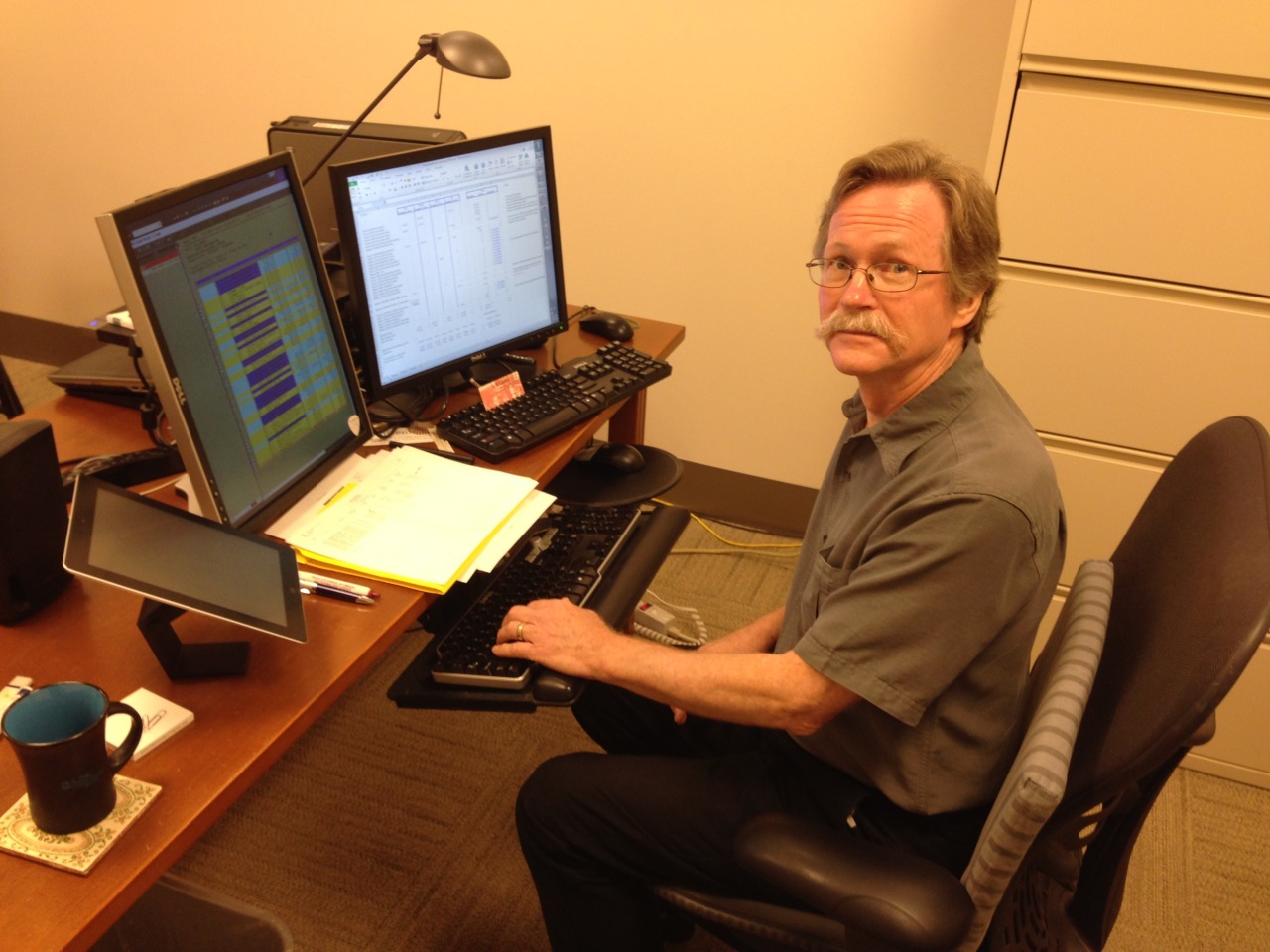
On Wednesday, we went over to the Digital Production Center to see Zeke digitizing the Duke Chronicle, our campus student newspaper. This digital collection has proved to be one of our most successful projects, and more issues will be available soon.
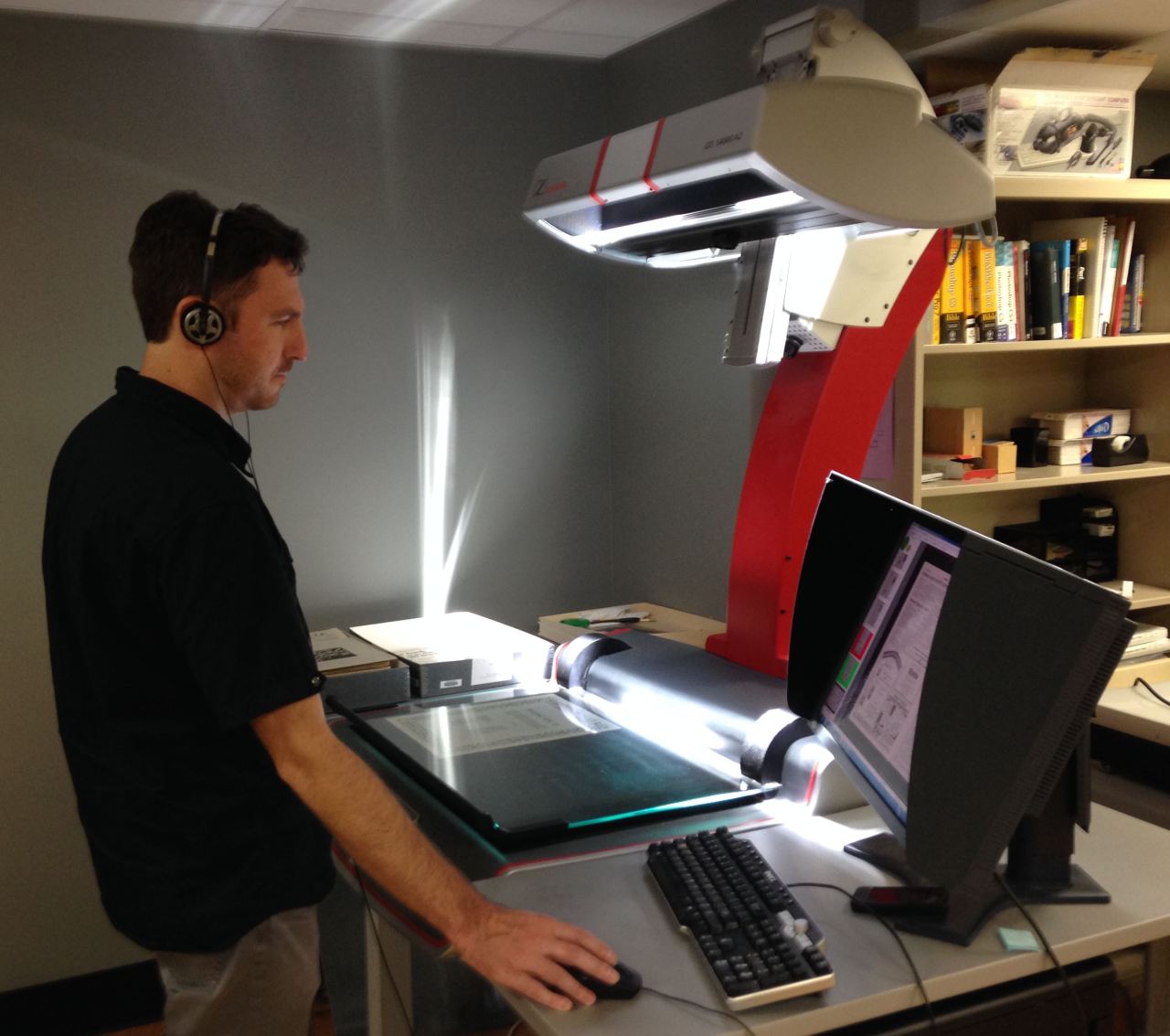
Thursday we were back in the conservation lab with our student, Wolfgang, who was putting CoLibri (TM) covers on books from our New & Noteworthy collection. These covers protect the publisher’s dust jacket, are non-adhesive and take just a couple minutes to complete.
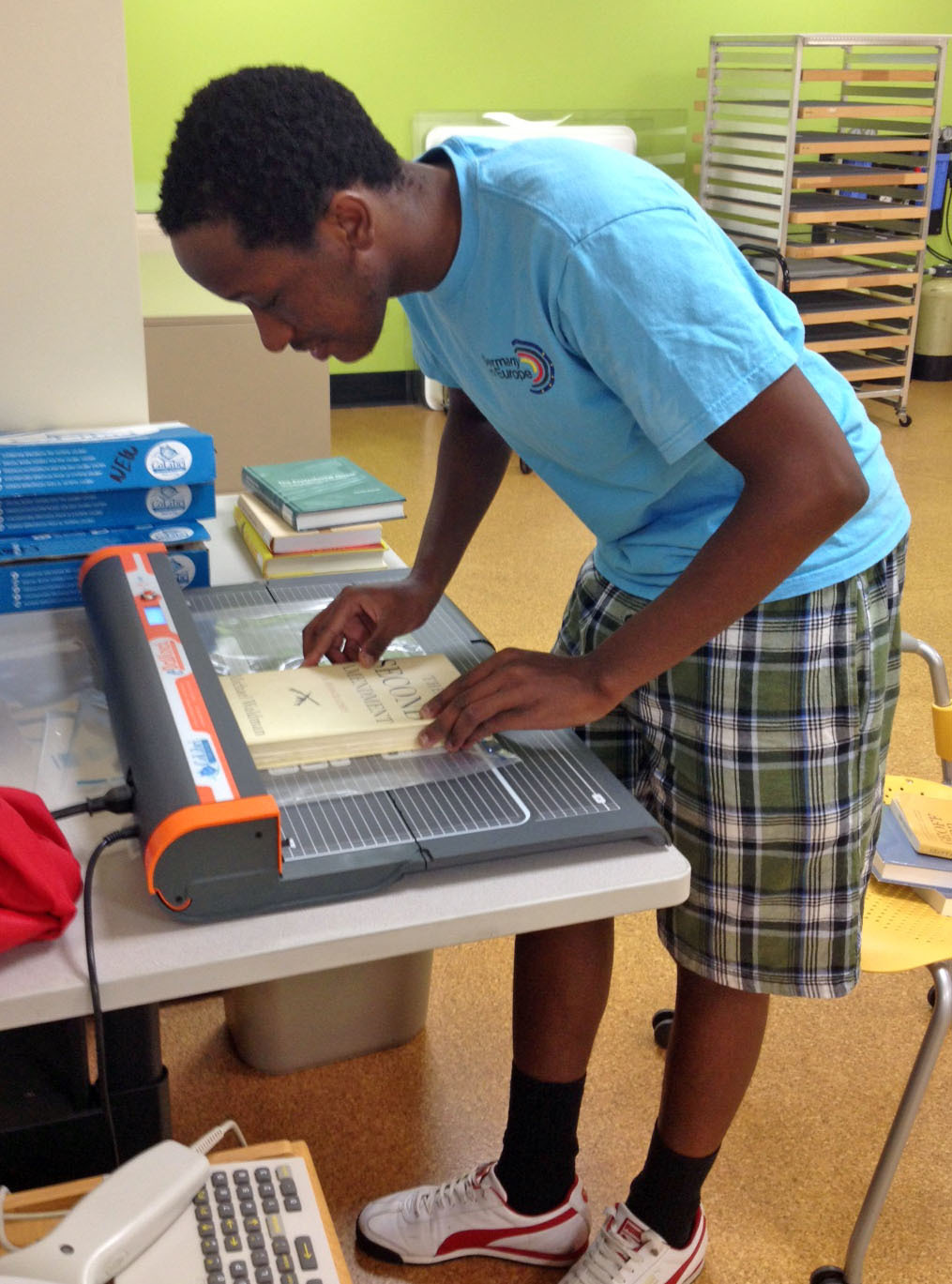
On Thursday we got two more posts from the Digital Production Center. Mike was working on preparing digital files for transfer into the Duke Digital Repository.
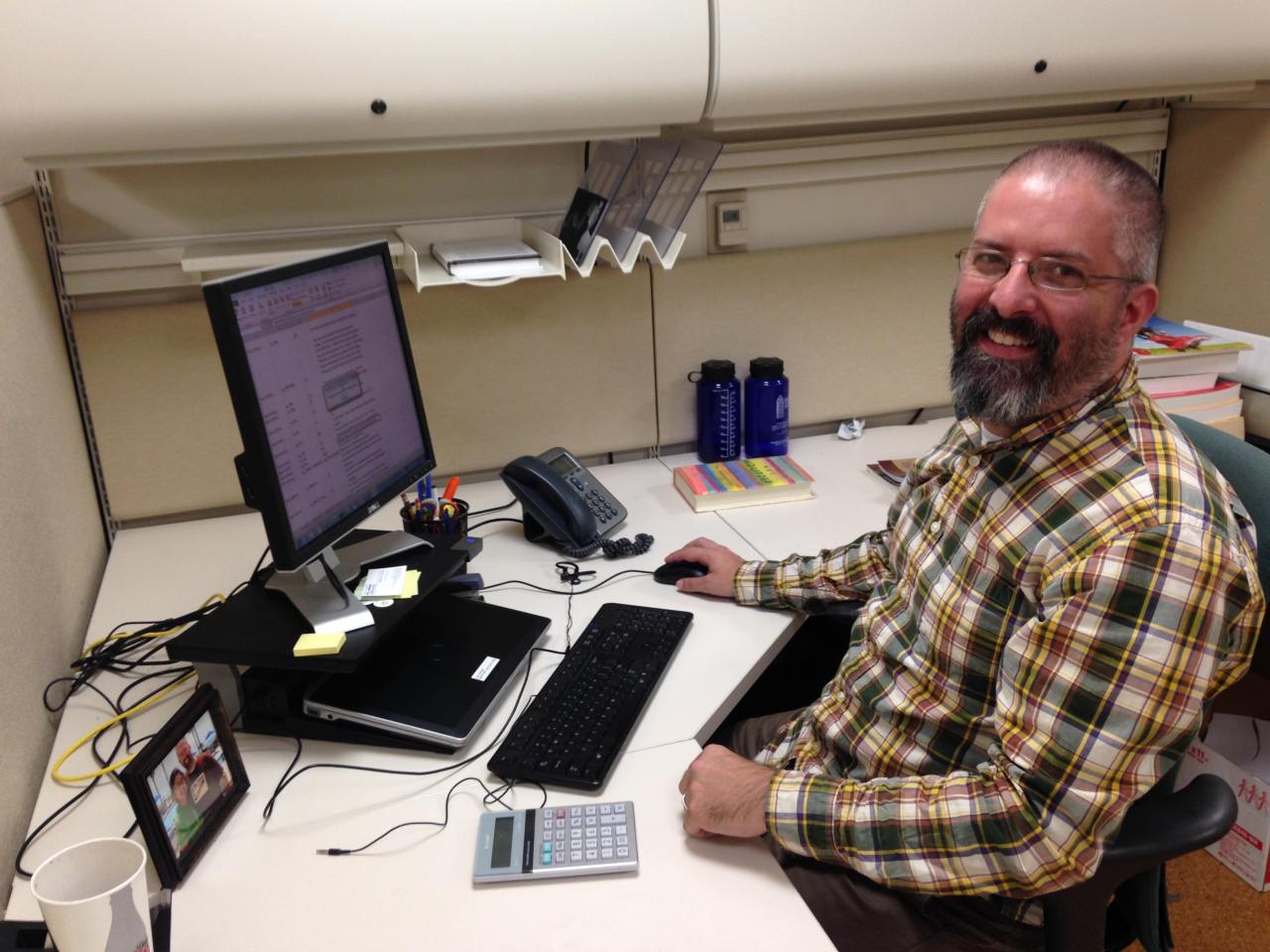
And Alex was working on reformatting videotape to preservation standards.
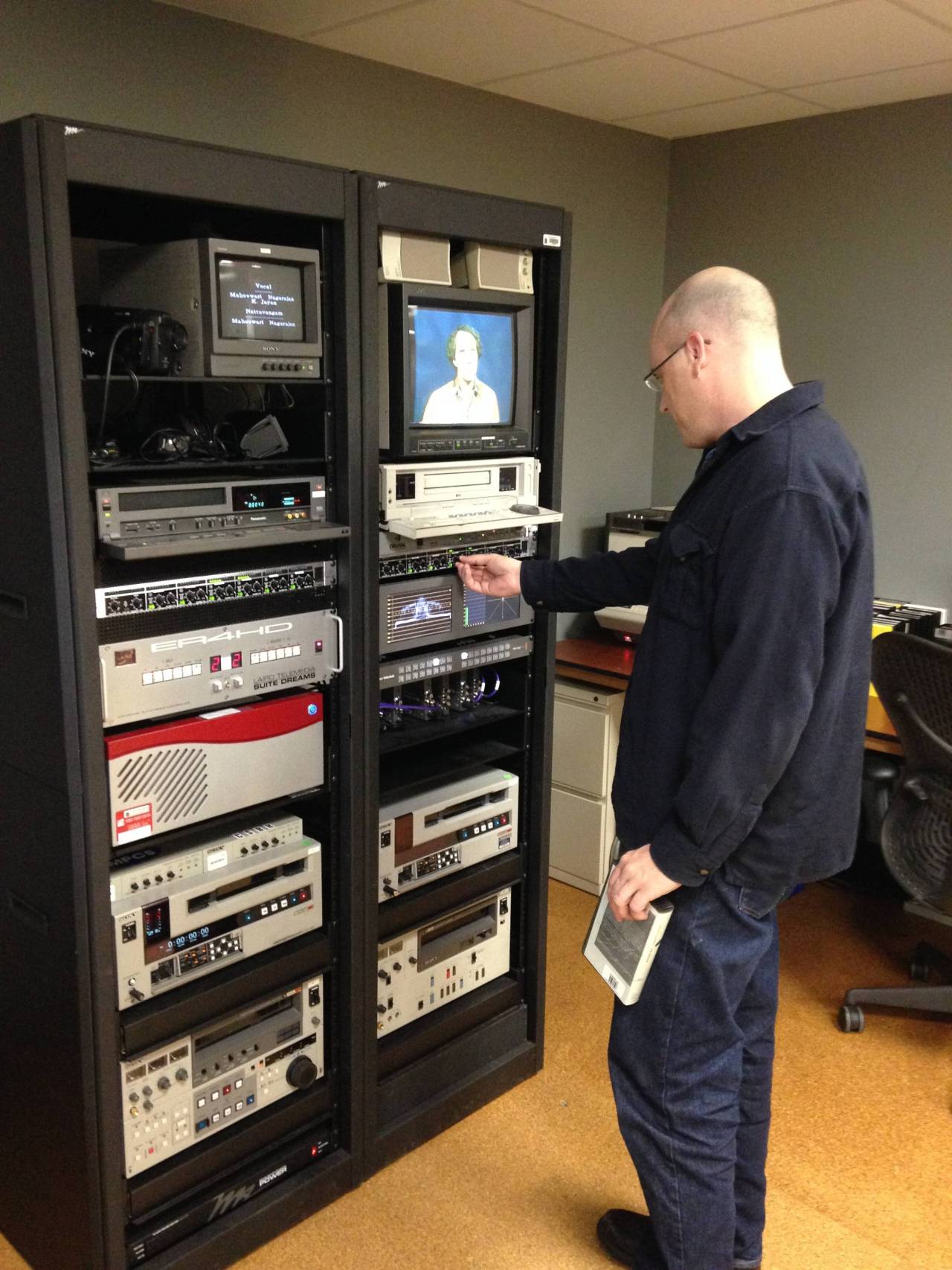
Friday was a flurry of activity. We found Beth and Rachel changing out the board shear blades in the conservation lab.
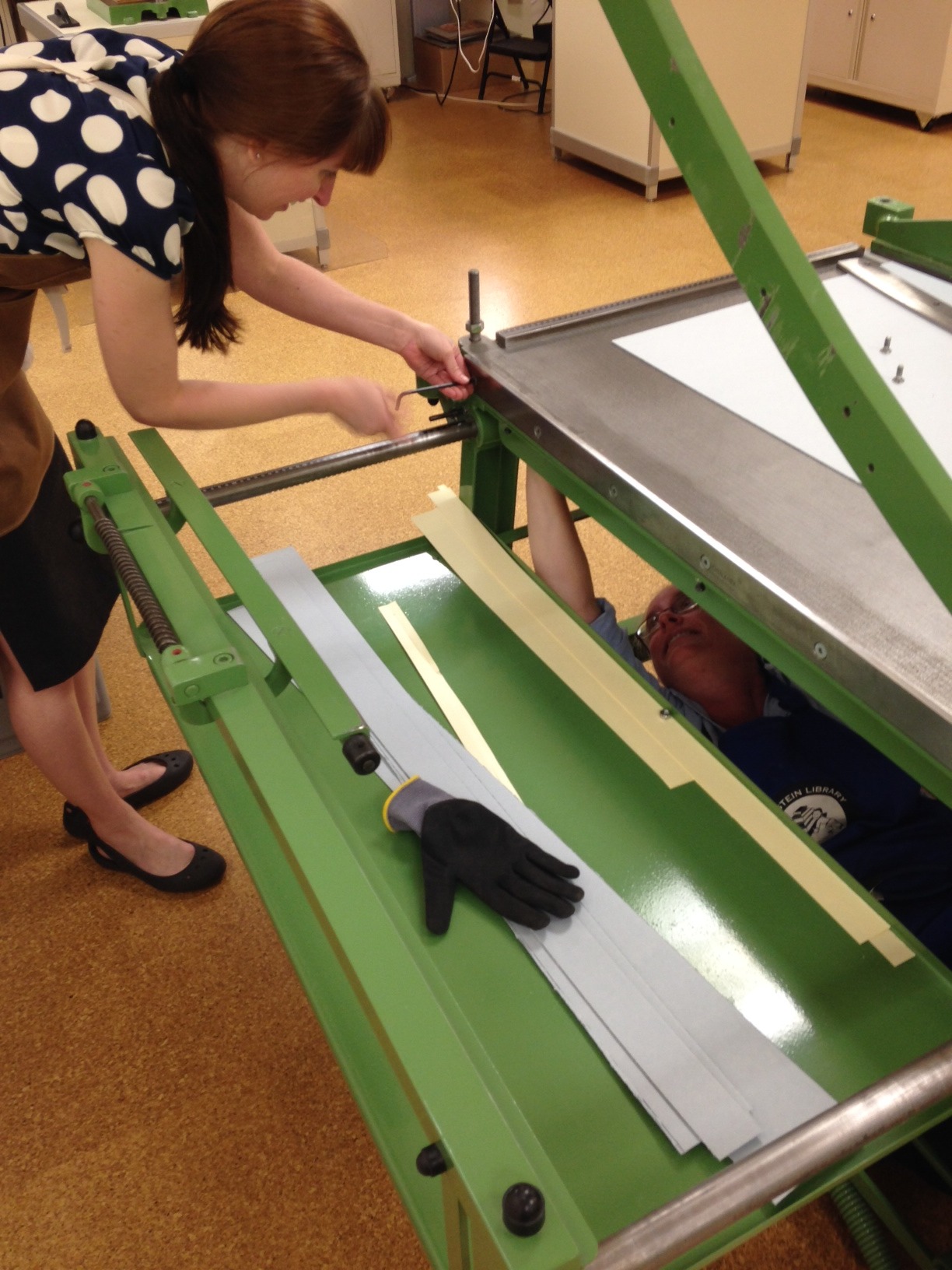
And finally we visit the not-so-attractive but vitally necessary job of insect monitoring.
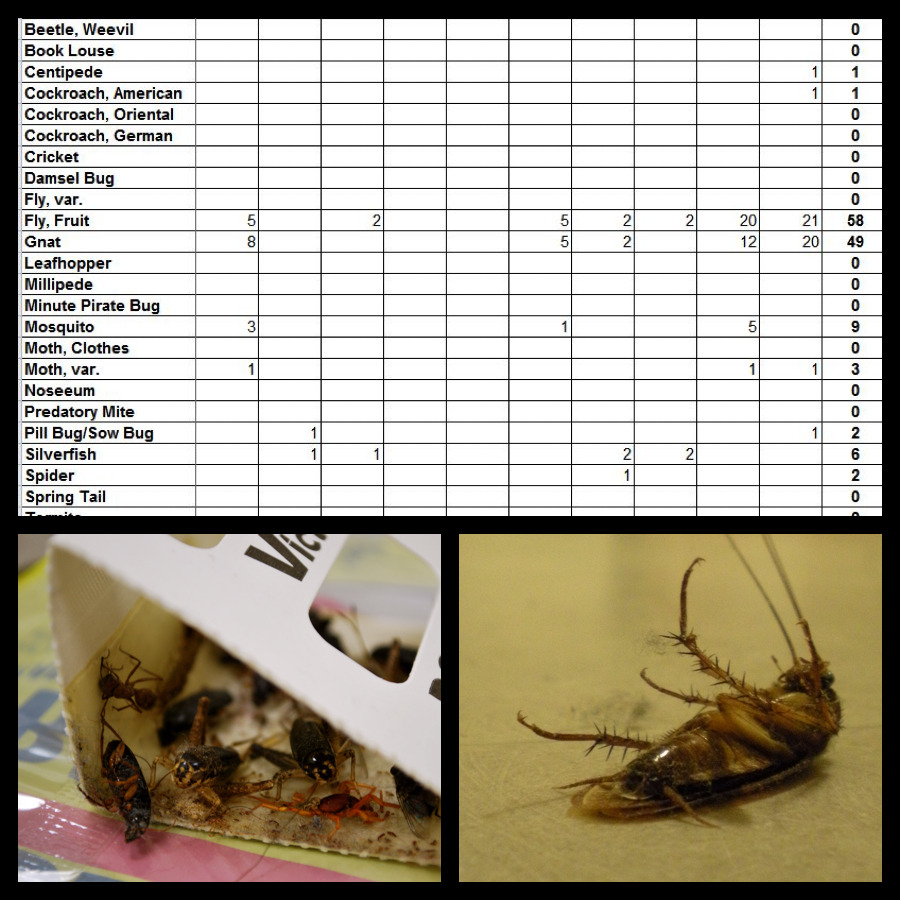
Overall I think Kevin’s idea was a huge hit, and we should all do this again. So often preservation and conservation are hidden in basements or offsite, and I sometimes thing that even our own colleague may not know what we do every day. #5DaysOfPreservation demonstrates the wide variety of services we provide for our institutions and how we contribute to the accessibility of our collections. Let’s go see what Parks Library Preservation’s contributions were this week. What did you do post? Put your links in the comments.


